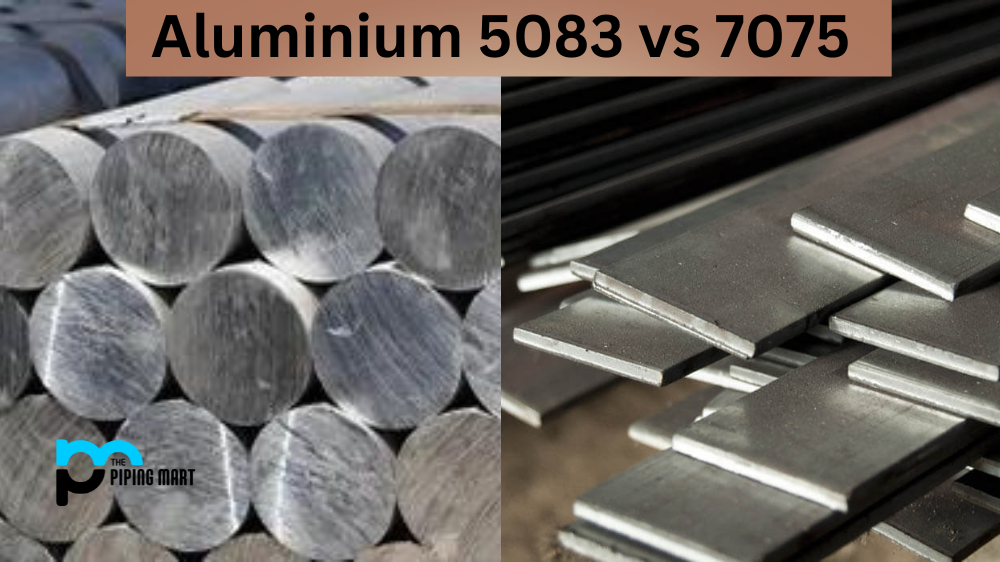Aluminum is one of the most ubiquitous elements found in everyday life. From laptops to cars, this lightweight metal is everywhere. But where did aluminum come from? Well, let’s take a look back at its fascinating history.
History of Aluminum
The history of aluminum is both fascinating and complex. It was first detected in the early 1800s, but it wasn’t until the end of the 19th century that large-scale production of the metal began. Scientists originally thought aluminum was extremely rare, so it was considered one of the most valuable materials on Earth. A lack of refining techniques meant that aluminum cost just under 10 times as much as gold before mass production started. Around 1888, two companies successfully introduced a more economical process for producing aluminum from ore, leading to a significant drop in prices and an increase in demand. Today, it is one of the most widely used materials on our planet and plays a vital role in many industries such as building and transportation.
- Aluminum is a chemical element with the symbol Al and atomic number 13.
- It is a silvery-white, soft, nonmagnetic, ductile metal in the boron group.
- By mass, aluminum makes up about 8% of the Earth’s crust; it is the third most abundant element after oxygen and silicon and the most abundant metal in the crust, though it is less common in the mantle below.
- The abundance of aluminum on Earth is thought to be due to its high affinity for oxygen: it composes about 8% of the Earth’s oxide layer by mass.
- Aluminum metal was not isolated until 1825 when Hans Christian Orsted reduced aluminum chloride with potassium amalgam.
- Aluminum is remarkable for its low density and for its ability to resist corrosion due to the phenomenon of passivation.
- Structural components made from aluminum and its alloys are vital to the aerospace industry and are important in other areas of transportation and structural materials.
- Its reactive nature makes it useful as a catalyst or additive in chemical mixtures, including aqua regia and detergents.
- Compounds of aluminum are used in dyeing and as pigments because of their color retention properties and resistance to oxidation.
- Aluminum salts are used as flocculants in water purification, as paper pulp bleaching agents, and as coagulants for sewage treatment
Early Uses of Aluminum
The first recorded use of aluminum dates all the way back to 5,000 BC when it was used as an ingredient in ceramics and pottery. It wasn’t until 1761 that scientist Guyton de Morveau first coined the name “alumine” for this newly discovered element before it was eventually changed to “aluminum” in 1808. That same year, scientist Sir Humphry Davy isolated aluminum chloride through electrolysis but failed to recognize it as a metal due to its extreme reactivity with other elements.
In 1825, Danish chemist Hans Christian Oersted became the first person to create pure aluminum metal by reacting a powdered form of aluminum oxide with potassium amalgam. Despite this groundbreaking discovery, aluminum remained too expensive for commercial production due to how difficult it was to extract from ore – that is, until 1886, when Charles Martin Hall and Paul Heroult ran their electric current through alumina (aluminum oxide), producing pure aluminum metal and patenting their process known as the Hall-Héroult process. Afterward, companies began springing up around the world dedicated solely to manufacturing aluminum goods.
The 20th Century & Beyond
By 1900 there were over 30 plants worldwide producing 95% of all global aluminum output. During World War I and II, the demand for lighter metals like aluminum increased significantly due to its ability to be used in airplanes and tanks, among other things. This made way for further innovation using recycled materials; by 1950, half of all U.S.-produced aluminum was created from scrap metal instead of raw bauxite ore. Today we can find countless uses for this lightweight metal ranging from aircraft parts and car frames to kitchen utensils and cans!
Conclusion
Aluminum has been around since ancient times, but only recently has it become a widely accessible material used by people around the world thanks largely in part to Charles Martin Hall and Paul Heroult’s revolutionary Hall-Héroult process, which allowed large-scale production of high-purity aluminum metal on an industrial scale at a reasonable cost! What began as an obscure element found in pottery has now become one of our most versatile metals used in countless applications today – truly remarkable!

Meet Bhavesh, a seasoned blogger with a wealth of knowledge and experience. From metal products manufacturing to retail, Bhavesh has a diverse background in various industries and is dedicated to sharing his insights and expertise with readers.




